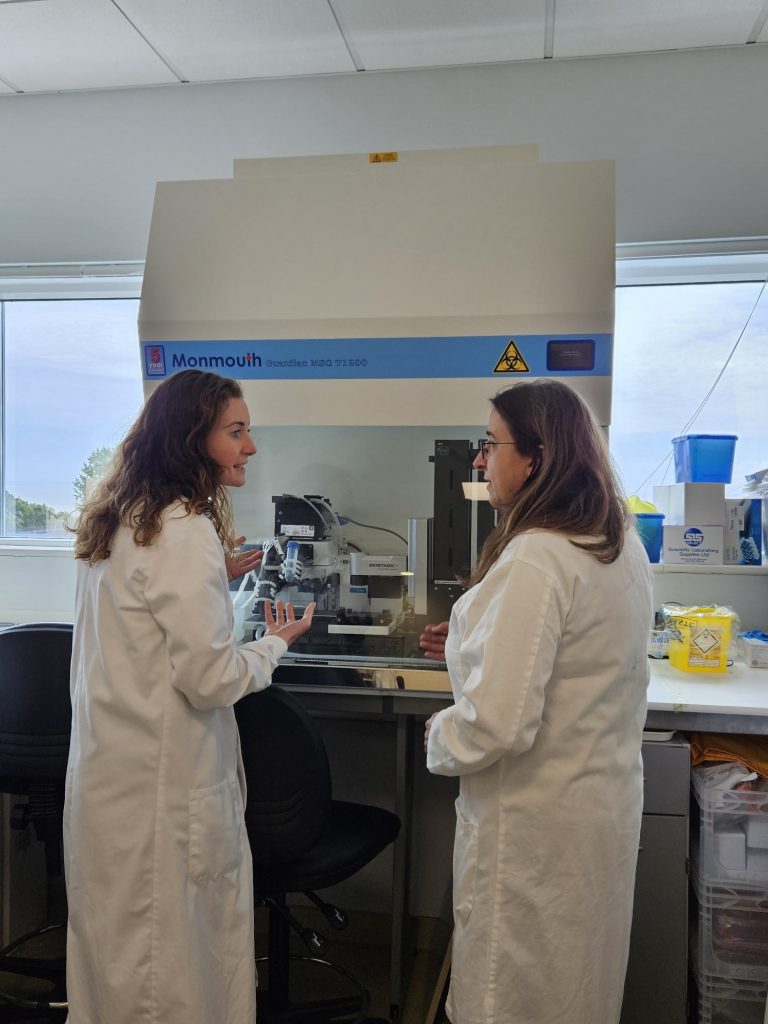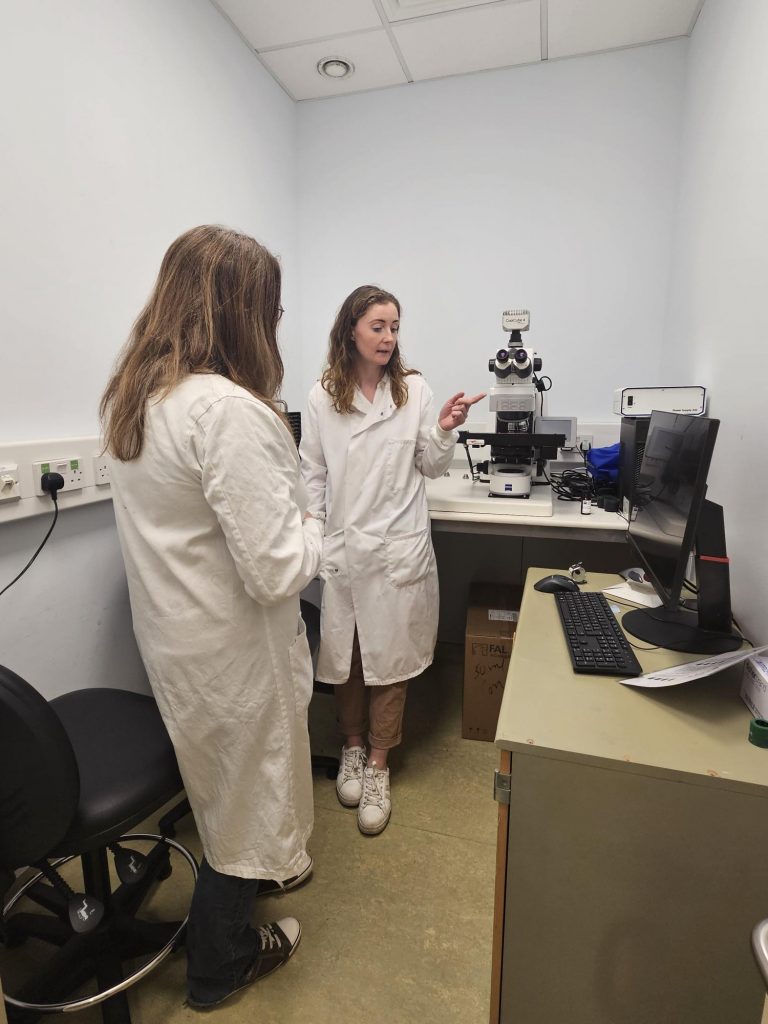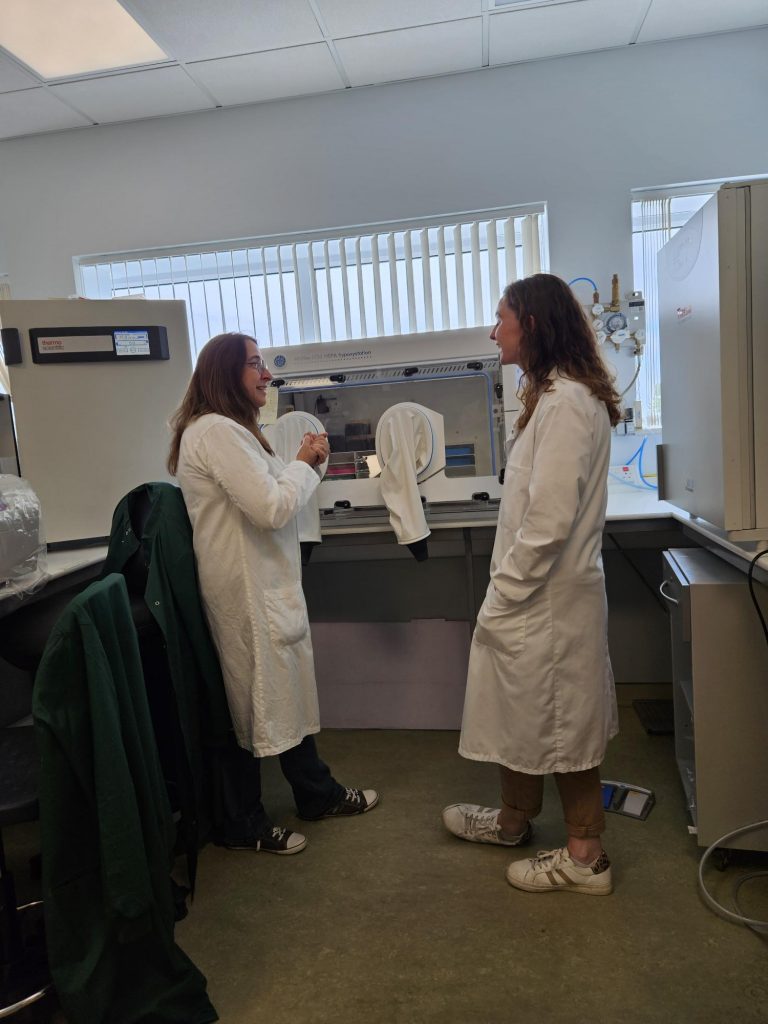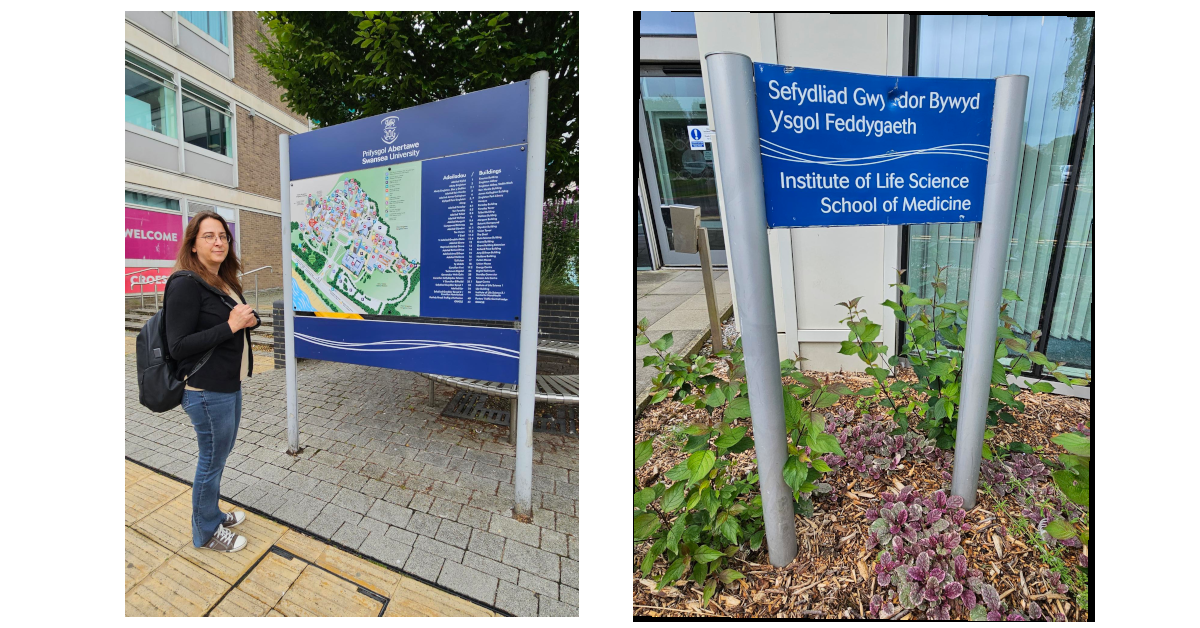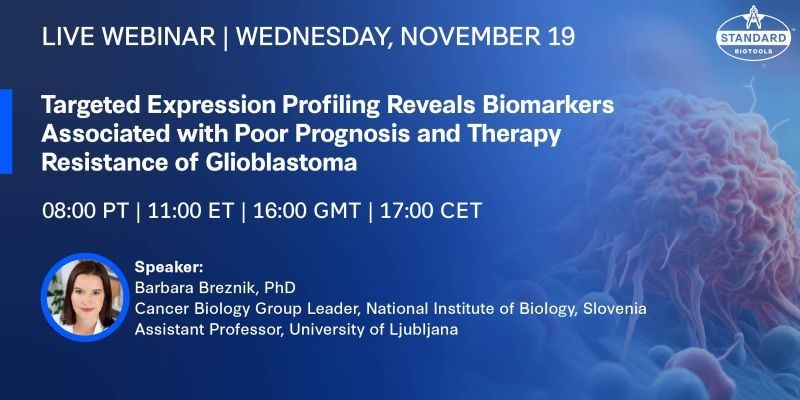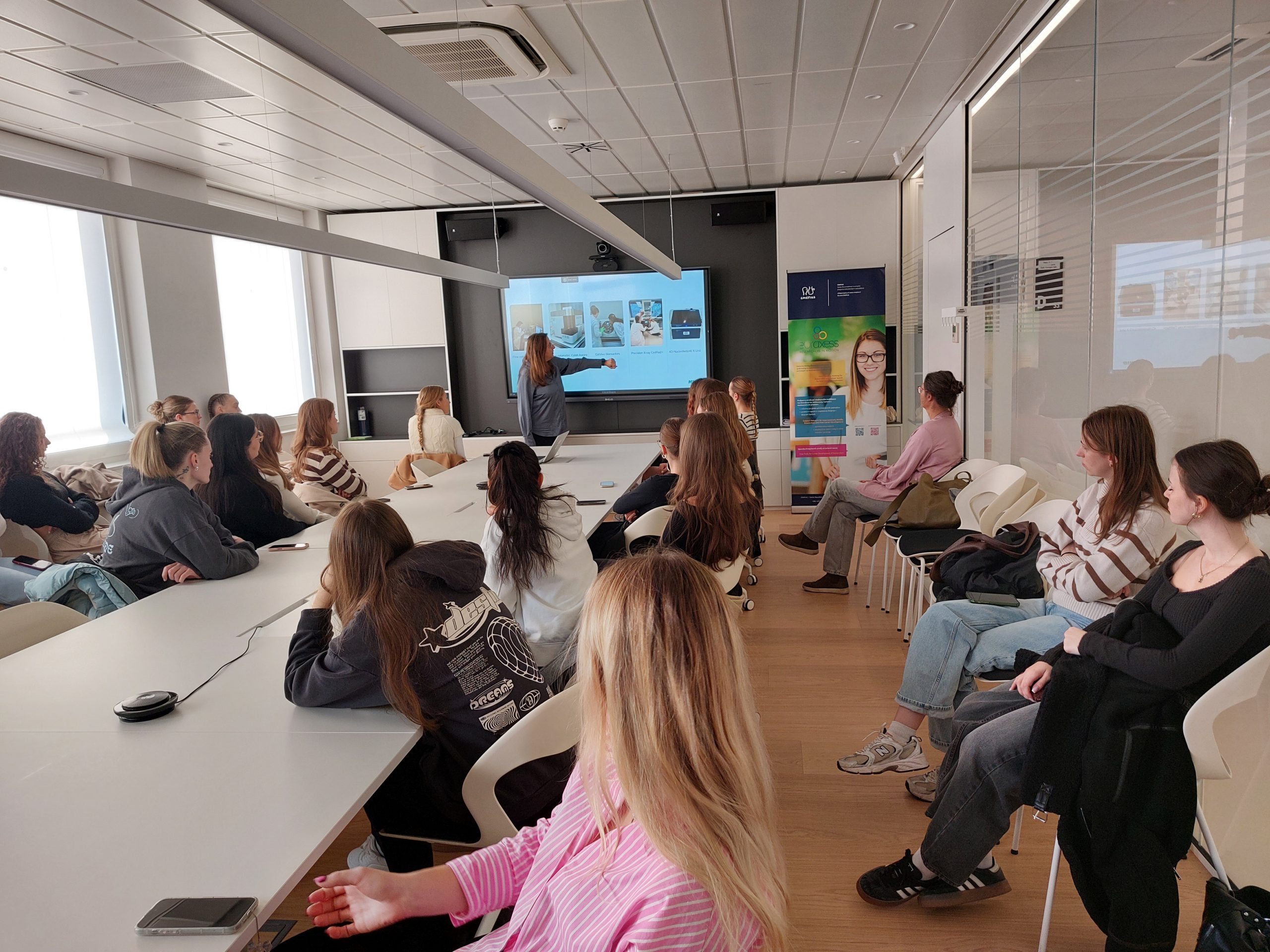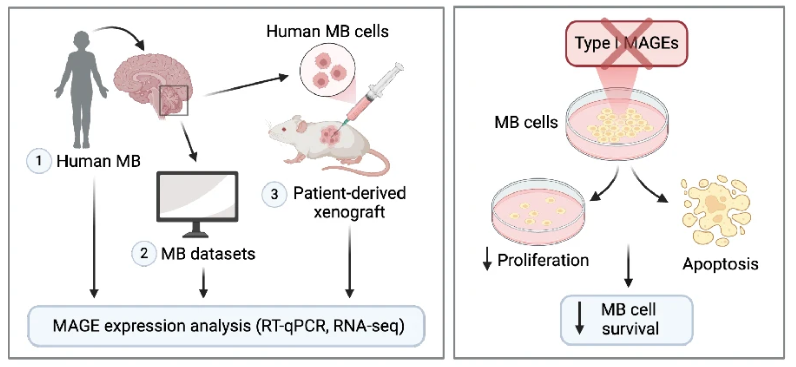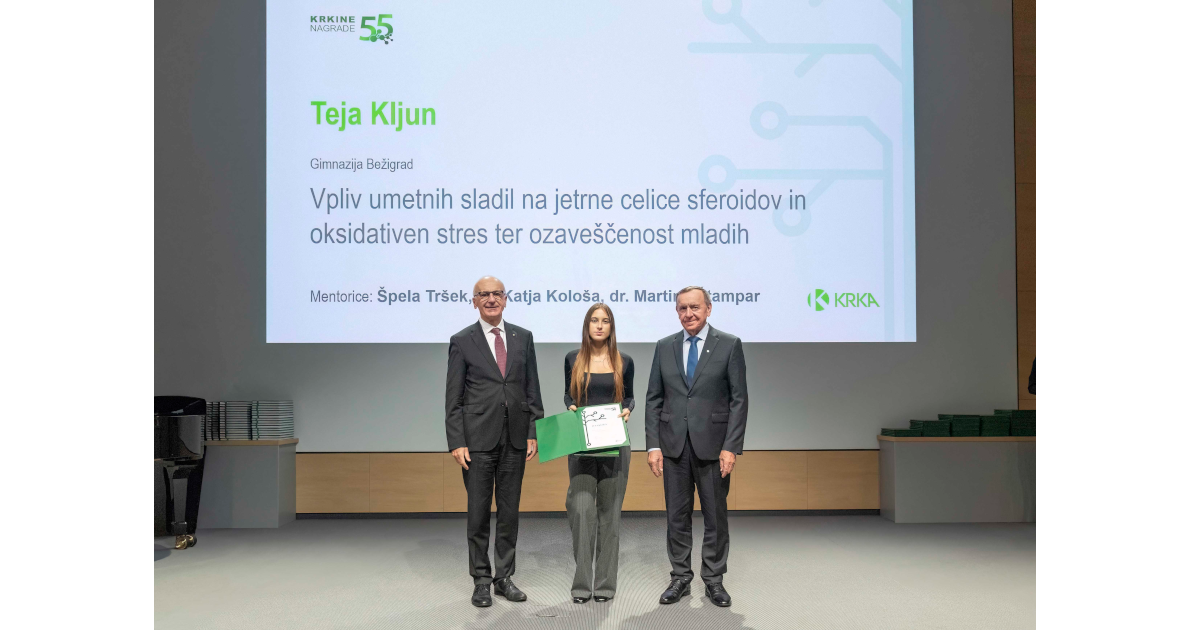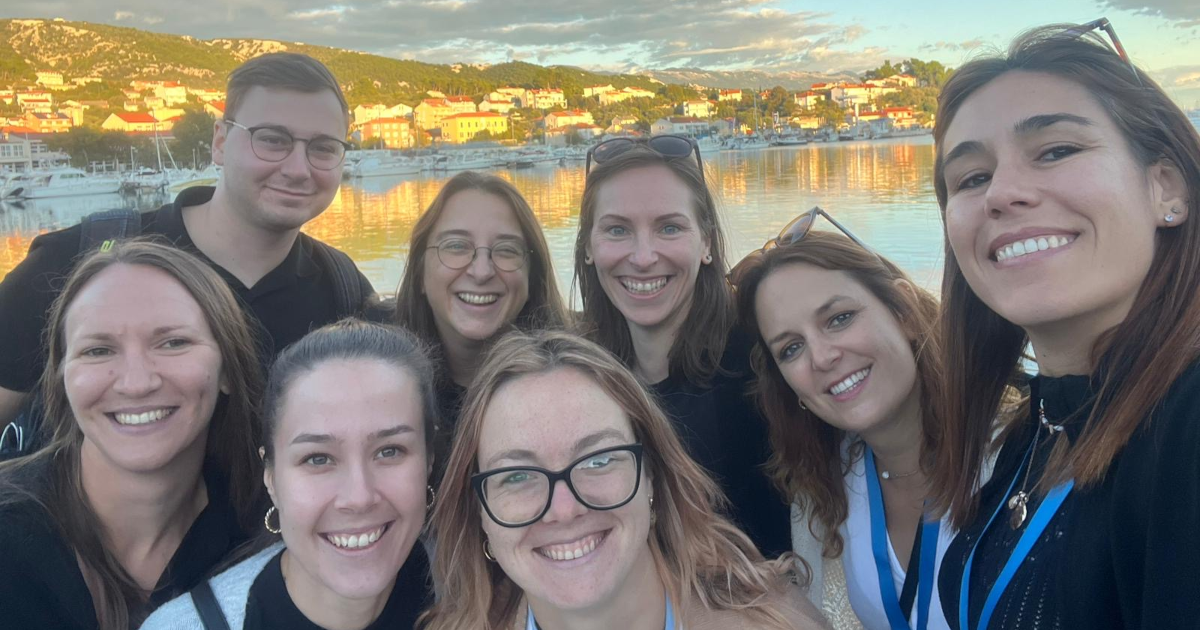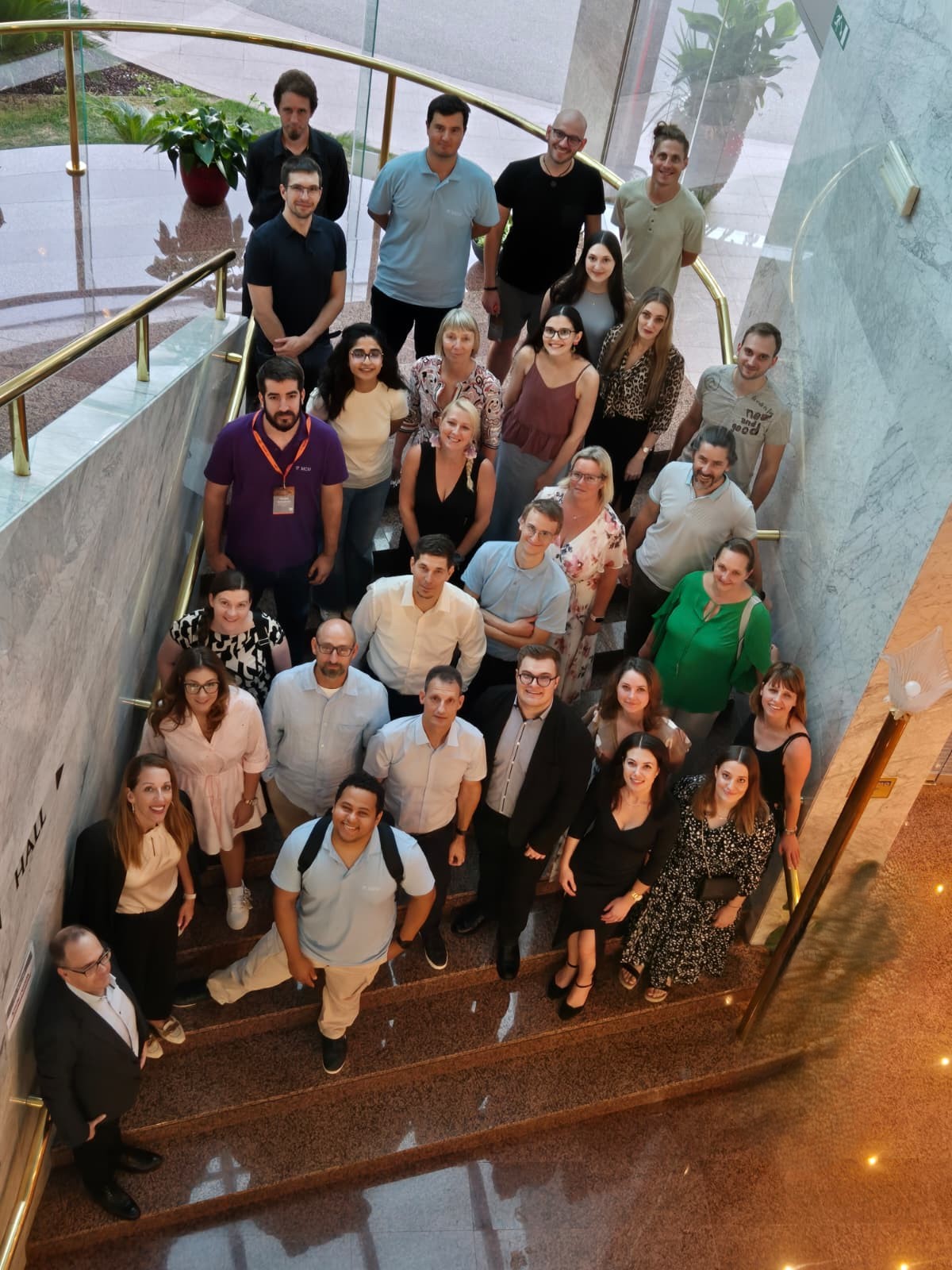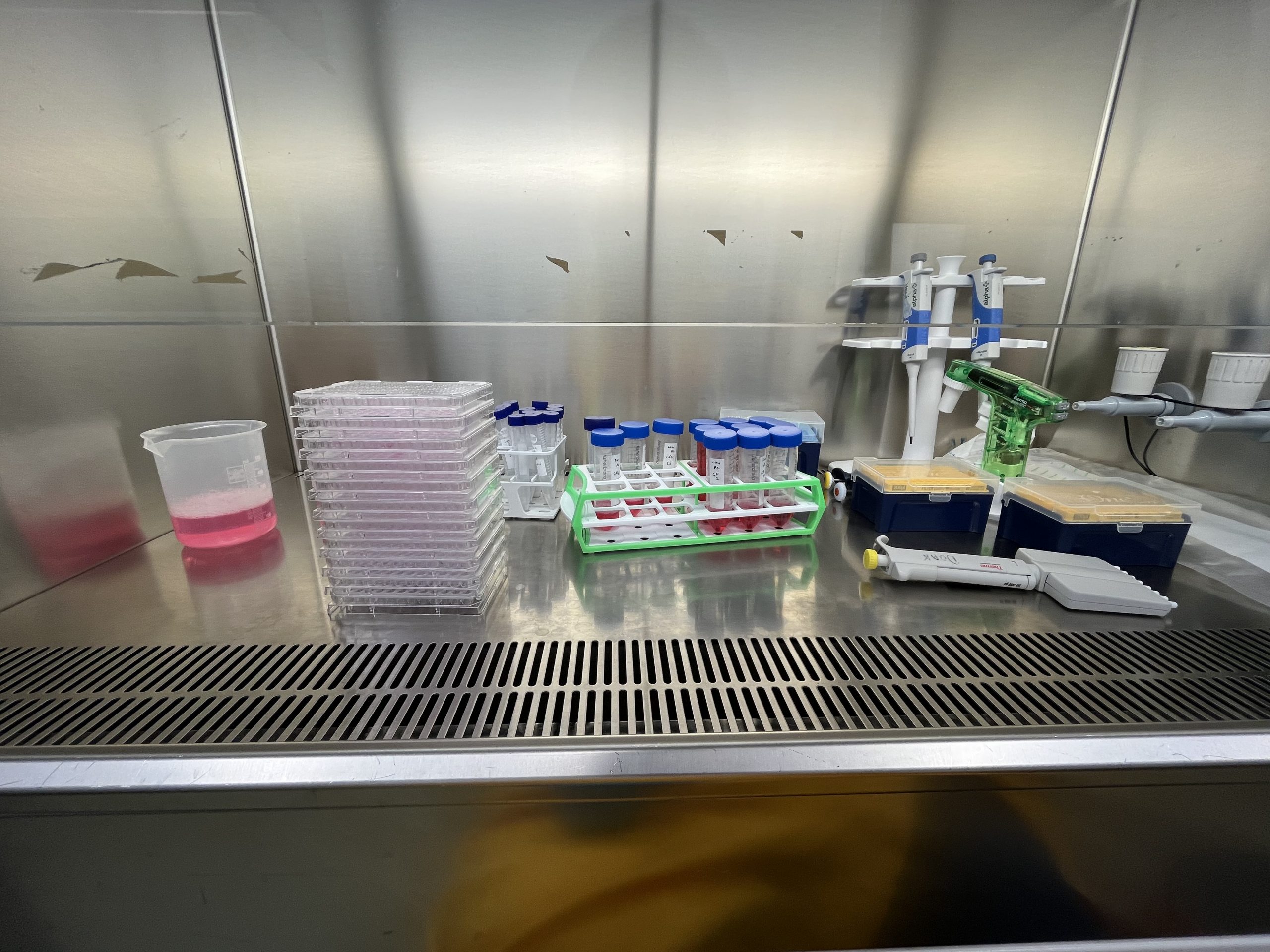Dr. Bojana Žegura from the National Institute of Biology (NIB), Ljubljana, Slovenia, visited the Institute of Life Science 1 (ILS1) at Swansea University Medical School. She was welcomed by Dr. Gillian Conway, who is responsible for the day to day running of Swansea work package under the guidance of Prof. Shareen Doak.
The discussions also included Prof. Gareth Jenkins, an expert in carcinogenesis and (geno)toxicology, who contributed valuable insights, particularly on risk assessment processes, from initial testing to final regulatory decisions.
The main purpose of the expert visit was to strengthen collaboration between NIB and Swansea University Medical School, reviewing ongoing joint research activities, training outcomes, and the capabilities of key instrumentation. Discussions included potential future collaborations and identification of funding opportunities, as well as planning scientific contributions to the upcoming CutCancer Final Conference to be held in Ljubljana in October 2025, where Prof. Jenkins will serve as keynote speaker and Dr. Conway as an invited lecturer.
The visit also involved a detailed review of two collaborative studies conducted during NIB researchers’ training visits to Swansea. The first study focused on the genotoxicity and inflammatory response of two polycyclic aromatic hydrocarbons (benzo[g,h,i]perylene – BGP – and benzo[b]fluoranthene – BBF – using an air–liquid interface (ALI system) co-culture model of alveolar epithelial and macrophage-like cells. Initial findings indicate that while DNA damage was not observed under non-cytotoxic concentrations, both PAHs triggered a notable inflammatory response, with increased cytokine secretion and activation of inflammatory pathways. The second study applied 3D liver spheroid co-cultures of HepG2 cells and human macrophages to assess the effects of CdCl2 and griseofulvin. The research included viability assays, DNA damage detection, measurements of liver functionality (urea and albumin), and gene expression analyses related to oxidative stress, DNA damage, inflammation, proliferation, and epigenetic markers. During the visit, the list of genes to be examined for the second study was finalized, and a plan was established to complete the remaining experiments at NIB. Both studies are in the process of being prepared for publication, with two manuscripts currently under development. Next steps were agreed upon for data analysis, manuscript drafting, and the refinement of study conclusions.
A tour of the Swansea University Medical School facilities was provided by Dr. Conway, with Dr. Žegura focusing on equipment relevant to future joint research. This included hypoxic stem cell culture systems, stem cell handling infrastructure, and advanced imaging technologies such as the Metafer automated imaging system and confocal microscopy laboratory. An exchange of facility and equipment inventories was proposed to map complementary strengths between NIB and Swansea laboratories.
The planning for the CutCancer Final Conference was an important focus of the visit, with preliminary lecture topics proposed around inflammatory and genotoxic pathways, advancements in 3D liver co-culture models, the role of metabolic activation in in vitro systems, and the translation of mechanistic data into regulatory frameworks. Prof. Jenkins shared his perspective on linking research findings to regulatory implications, which led to an in-depth discussion on how to best structure the lecture for CutCancer final conference.
In principle, both partners agreed to pursue new joint funding applications, leveraging complementary expertise in inhalation toxicology, liver models, iPSC differentiation, and high-content imaging. The visit concluded with a shared commitment to continue building on the collaboration, ensuring that both scientific output and organizational efforts for the CutCancer Final Conference are well-coordinated and impactful.
